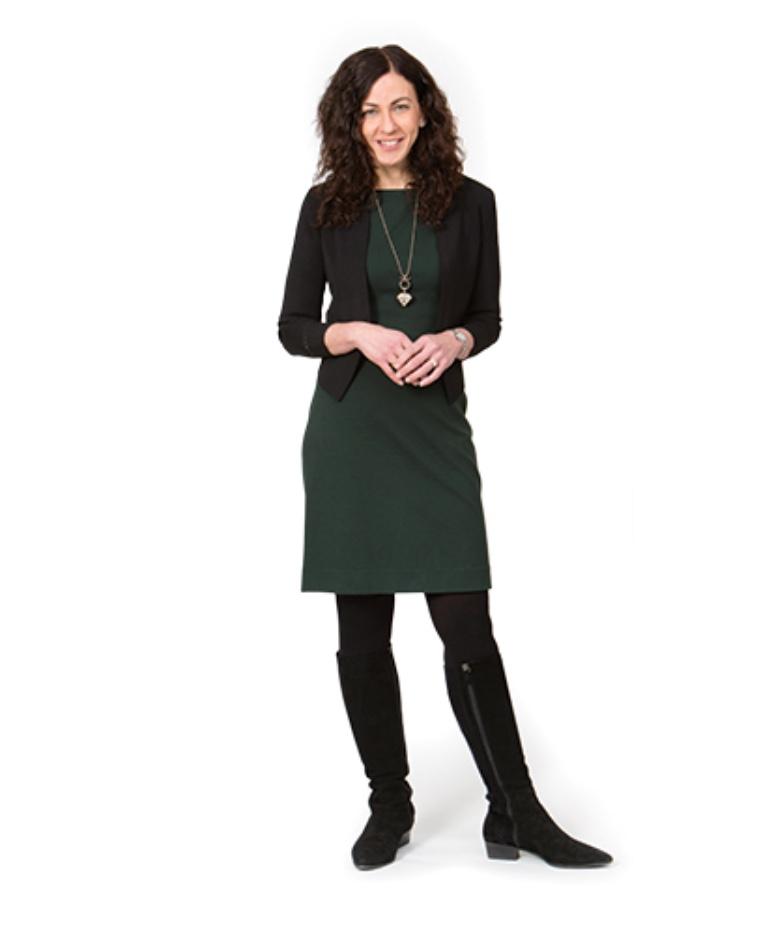5 Questions with a Systems Biologist
- Interview

Your work occurs at the intersection of cancer biology and mathematics. What sparked your interest in this field?
Early on I realized it’s important to me to work on a problem related to human disease, so the work my lab does to understand a gene that suppresses cancer is the type of work that keeps my inner fire burning.
But I also love numbers, solving complicated puzzles, and quantitative analysis, so the mathematical aspect of my work captivates me. The ability to bring these interests together to understand biology is powerful and satisfying. Systems biology is a fast-moving field that calls for the integration of many skills and much knowledge. I love that I can be a student of it forever.
As a systems biologist you profile the behavior and fate of individual cells. Why is this important?
In most research in biology, one takes a tumor, a group of cells, an organism, and looks at how the cells behave collectively; how, on average, they respond to treatment or react to certain genetic modifications. I’m fascinated by the outliers, the nonconformists.
In cancer, there is a problem known as fractional killing—you kill most of a tumor’s cells, but a small percentage survive. We’ve focused on these surviving cells, hoping to understand what renders them impervious. Understanding their behavior will, ultimately, inform treatment approaches.
What is the next frontier in your work?
In our research, we zoom in on a cell, analyze genes or pathways in a quantitative way, and determine how they modulate the cell’s behavior. But systems biology also includes working with “omics,” huge amounts of data collected from DNA sequencing, RNA sequencing, and protein analysis. Right now, there is a gap between these two areas. I’d like to work toward linking our mechanistically driven quantitative science with big data efforts: specifically, to combine dynamical measurements at the single-cell level with measures of a cell’s entire proteomics, transcriptomics, and genomics. In my mind, this powerful combination is the next frontier of systems biology.
One of your passions is faculty development. What advice would you give to junior faculty and young scientists?
My first advice would be to grow slowly—to take the time to find the right people in order to build an outstanding lab. Second, realize that the first years can be overwhelming and chaotic. Find people to talk with, share experiences with, and get advice from. These social interactions are really important, especially during the uncertain years as junior faculty. Finally, stay true to yourself. I think it’s important to remember that you were chosen because you bring something unique. Allow yourself to take risks, to identify your path, and, most importantly, to enjoy it!
You are committed to increasing gender equality in biomedicine and to cultivating female leadership. Academia has made progress on these fronts, but what are some of the areas where it lags?
There’s still a mind shift that needs to occur. There is this misconception that when you’re in science you have to think about science all the time, that everything else gets in the way. This notion can be particularly pernicious for women scientists. We need to internalize the message that having a rich, full life outside of the lab actually benefits us as scientists. I know this because, as a mother of twins, I have experienced this firsthand.
This is not just about gender diversity. In science, we solve astoundingly complex problems, and to do so, we need diversity in all of its forms. It’s not just the right thing to do, it’s the wise thing to do.